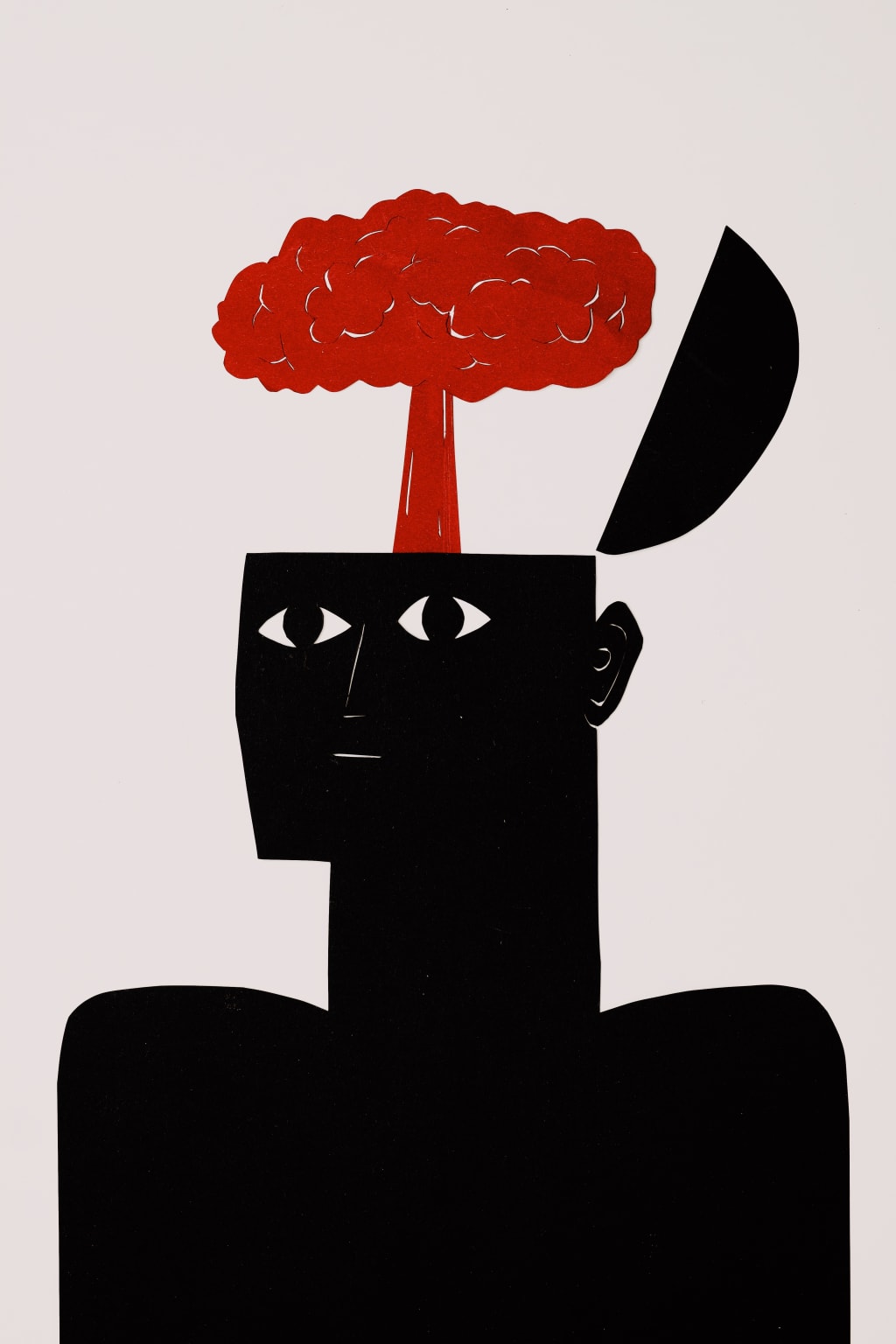
The human brain is the central organ of the nervous system and is responsible for regulating and controlling all bodily functions. It weighs about 3 pounds and is made up of more than 100 billion neurons, each connected to thousands of other neurons by synapses. These connections form the basis of our thoughts, emotions, memories, and movements.
The brain is divided into three main parts: the cerebrum, the brainstem, and the cerebellum. The cerebrum is the largest part of the brain and is divided into two hemispheres, the left and the right. The left hemisphere is responsible for logical thinking, language, and mathematics, while the right hemisphere is responsible for creativity, intuition, and spatial awareness. The brainstem is located between the spinal cord and the cerebrum and controls essential functions such as breathing, heart rate, and consciousness. The cerebellum is located at the base of the brain and is responsible for coordination and balance.
One of the most remarkable features of the brain is its plasticity, or its ability to change and adapt in response to experience. This plasticity allows us to learn, form new memories, and recover from injury. It is also responsible for the development of new neural connections during childhood and adolescence.
Another important aspect of the brain is its ability to store and retrieve information, known as memory. There are three main types of memory: sensory memory, short-term memory, and long-term memory. Sensory memory is a brief, temporary record of sensory information, such as what we see or hear. Short-term memory is a temporary store of information that is rapidly forgotten unless it is rehearsed or transferred to long-term memory. Long-term memory is a more permanent store of information that can last for years or even a lifetime.
Emotions are another complex aspect of the brain. They are regulated by the limbic system, a group of structures in the brain that include the amygdala, the hippocampus, and the thalamus. The limbic system is responsible for processing emotions such as fear, anger, joy, and sadness. These emotions are generated in response to external stimuli and are communicated to other parts of the brain, influencing our thoughts and behaviors.
The brain also plays a critical role in regulating movement. The motor cortex is responsible for controlling voluntary movement, such as reaching for a glass of water. The basal ganglia, a group of nuclei located deep within the brain, are responsible for coordinating movement and controlling the smooth, automatic movements that we make without thinking, such as walking.
Sleep is another important function of the brain. During sleep, the brain is actively working to consolidate memories, regulate hormones, and restore energy levels. The sleep-wake cycle is regulated by a group of structures in the brain called the hypothalamus and the circadian rhythm, a natural internal process that regulates the sleep-wake cycle.
Finally, the brain is responsible for regulating pain perception. Pain signals are transmitted from the body to the brain by nerve fibers, and the brain then processes the pain and determines how to respond. Pain can be influenced by a variety of factors, including previous experiences, emotions, and expectations.
In conclusion, the human brain is an incredibly complex and sophisticated organ that is responsible for regulating and controlling all aspects of our lives, from thoughts and emotions to movements and sensations. Its ability to adapt, store and retrieve information, regulate emotions, control movement, regulate sleep, and perceive pain makes it one of the most remarkable structures in the known universe. Despite much progress in the field of neuroscience, there is still much that we do not know about the human brain, and research continues to uncover new information about this fascinating and enigmatic organ.
About the Creator
Reader insights
Good effort
You have potential. Keep practicing and don’t give up!
Top insights
Compelling and original writing
Creative use of language & vocab
Easy to read and follow
Well-structured & engaging content
Excellent storytelling
Original narrative & well developed characters
Expert insights and opinions
Arguments were carefully researched and presented
Eye opening
Niche topic & fresh perspectives
Heartfelt and relatable
The story invoked strong personal emotions
Masterful proofreading
Zero grammar & spelling mistakes
On-point and relevant
Writing reflected the title & theme






Comments (2)
İts perfect and cool
İt is nice and cool